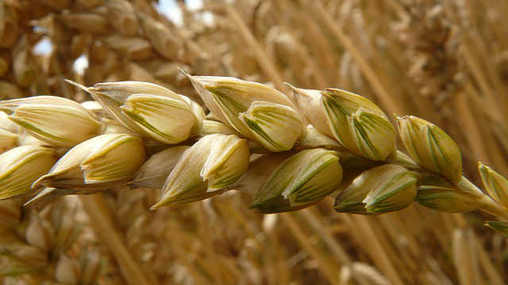The European Union is one of the biggest producers and traders of cereals in the World. Changes to the Common Agricultural Policy gradually removed product-specific subsidies for cereals, oilseeds, protein crops and rice.
EU support for arable crops, which used to be provided through a complex system of market measures, has been simplified. Farmers no longer receive subsidies according to what or how much they produce; Payments are now fully decoupled.
The current direct payment system allows them to switch to different crops or types of production in response to market developments.
Since 2008 the different arable crops regimes have been integrated into the Single Common Market Organisation (CMO) and EU policy is limited to two main areas: intervention and trade measures.
- EU Intervention: EU can buy cereals
Buying-in cereals and rice to public storage – known as "intervention" - was introduced to protect farmers from low market prices. Today, it is used only in cases of real necessity, providing an authentic safety-net for farmers.
- Trade: no EU subsides but licence system
About 15% of the EU's wheat crop is exported annually, while large quantities of oilseeds, animal feedstuffs and rice are imported.
An import regime controls the entry of cereals and rice into the EU. Imports are subject to the issuing of a standardised import licence and, in general, payment of a tariff. For some cereals tariffs are variable, for others tariffs are fixed. In addition - in accordance with the EU's commitments under the World Trade Organisation (WTO) - a number of fixed tariff import quotas are in place at a lower or zero duty.
Exports of cereals and rice to countries outside the EU are mostly subject to the issuing of an export licence. These exports have not been subsidised since 2006.
In terms of quantity and area, wheat is by far the most popular cereal grown in the EU, making up nearly half the total. Of the remaining 50%, about one-third is maize and one-third barley. Other cereals grown in smaller quantities include triticale, rye, oats and spelt.
Nearly two-thirds of the EU's cereals are used for animal feed, with around one-third for human consumption. Only 3% is used for biofuels.
Source: European Union, http://www.europa.eu/, 1998-2024
|
Brussels - Milano - Nice - Tokyo
|
eEuropa Belgium
Avenue Louise, 367 1050 Brussels BELGIUM Bld. Franck Pilatte, 19 bis
06300 Nice FRANCE YONO HOUSE 9-1 KAMIOCHIAI, SAITAMA-SHI, SAITAMA-KEN 〒 338-0001 JAPAN Via S. Veniero 6 20148 Milano ITALY |
All rights reserved - © Copyright eEuropa Belgium 2020-2024



